Features
Alicja Wróblewska Shares Her Creative Approach to Consumerism
By Ellen Clipson - 4 min read
We spoke to 2018 EyeEm Awards 'The Creative' Finalist and Collective Photographer Alijca Wróblewska about her recent still life project – GUI. Read more about what the project means to her, her techniques and editing process.
Photographer, film director and visual artist Alicja Wróblewska pushes to explore the traditional definitions of photography as she continues to produce projects that discuss critical social issues and contemporary creativity.
Alongside her studying at the Institute of Creative Photography in Opava, Czech Republic, the photographer continues to build a remarkable portfolio of commercial work. Shooting for brands and directing music videos, there’s very little Alicja isn’t doing to make her visuals stand out.
In this interview, we discussed her personal project GUI, a still life project that critically approaches the effects of over consumption and capitalism. Keep reading to learn her creative insights and professional techniques.
Transforming Everyday Products Through Still Life Photography
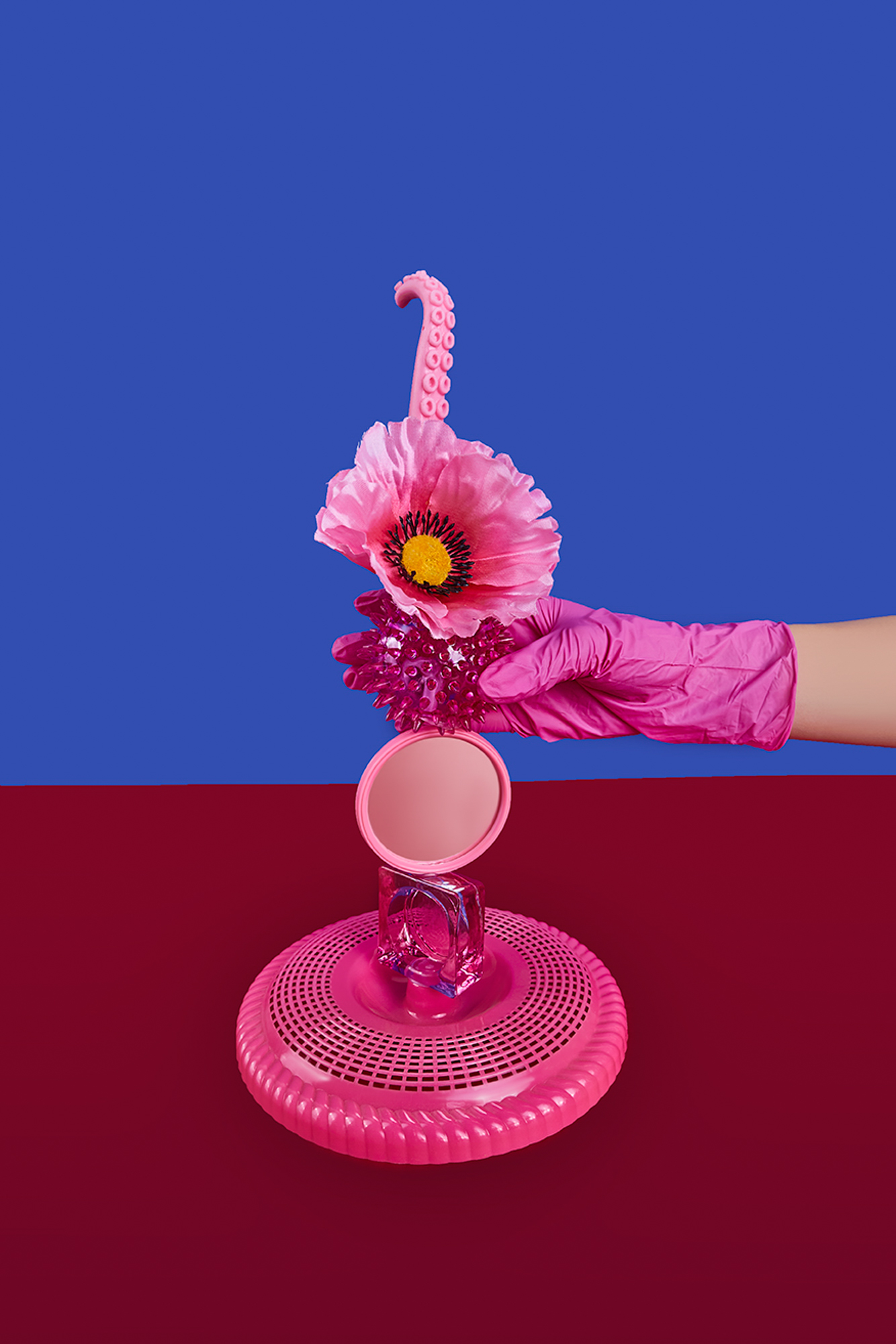
How would you describe your portfolio?
The main purpose of my work is to deliver a message. I construct my images in such a way that they tell stories. It’s my hope that my work will move the attention of the viewer to their surrounding reality.
The “GUI” project was aimed to tackle the problem of damaging human habits. It’s with this idea in my mind that I create all my projects. This project represents the next cycle of work that I am currently focusing on.
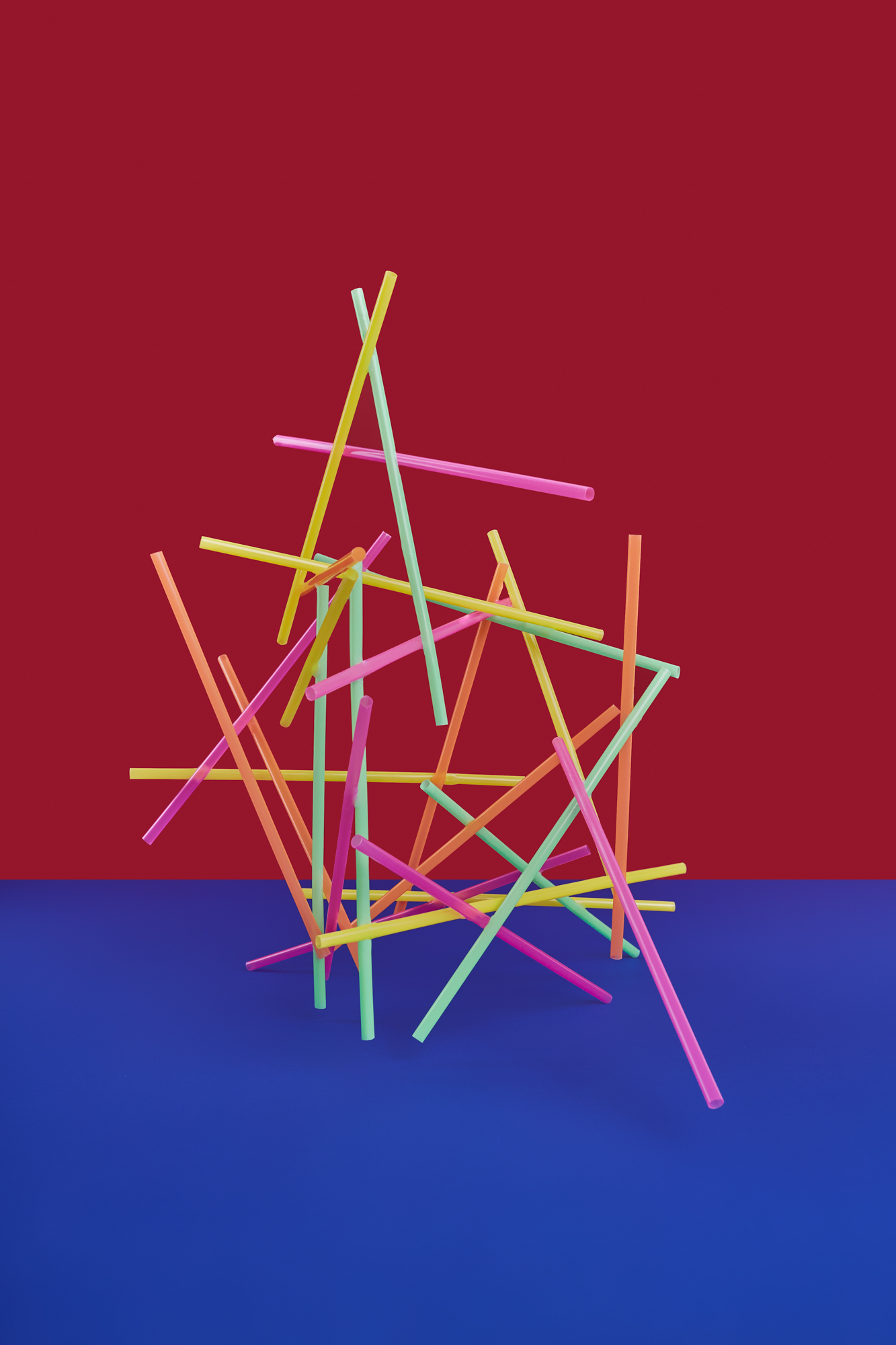
How do you develop a project from idea to finished product?
I rarely have problems coming up with ideas for my future projects. However, before the project comes to life, it’s development can take many months. Following the initial idea is the process of research. Through this, the idea is transformed and refined. It’s only then that the project becomes more insightful and more persona and I can begin to make decisions about the form or aesthetics of that project.
“I see photography as my first language of expression.”
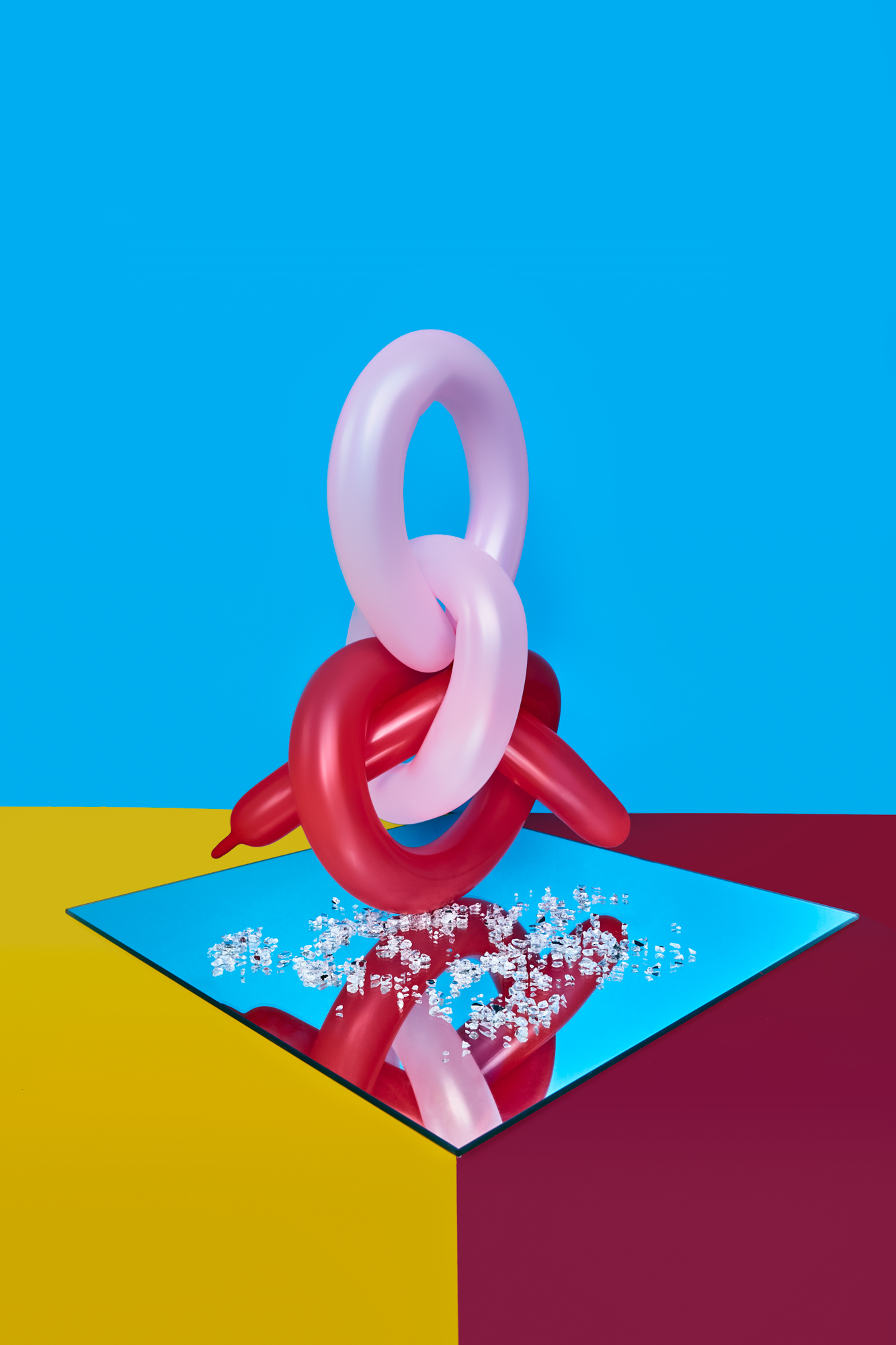
Did you take a long time on this project?
It took me almost a year to create and finalize this project. It started with the reading of “No Logo” by Naomi Klein and the objection that then grew inside of me. I then began observing these objects - which in my opinion are unneccassary things - in my everyday life. I then began looking for a language of aesthetics that I would like to express my thoughts on this matter.
The next step was the construction of the group of objects together. This was quite a challenge as it was an unusual field for creative expression for me. It did however, give me a lot of joy and confirmed my belief that my creative work should continue in constructing things and creating images from scratch.
“I choose the theme from the real world, but I present it in a seemingly unreal way”
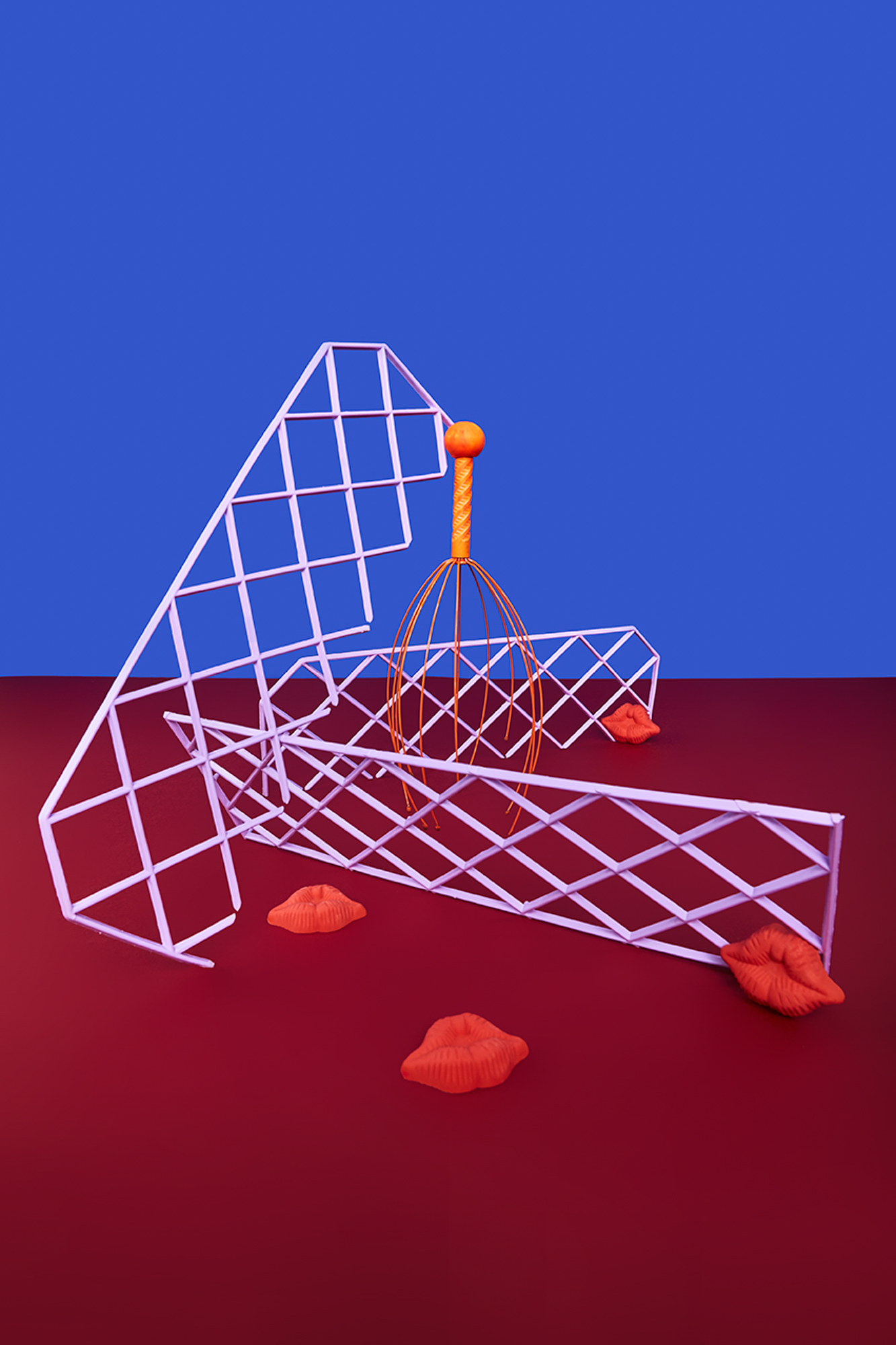
Your project showcases damaging over-consumerism and threats to the environment - why did you feel it was important to use photography as a tool to discuss this topic?
I see photography as my first language of expression. In the case of this project, as well as many others, realism and the connection with real life has great value for me.
Even if the photographs that I create look like renders or 3D graphics, their subject is deeply rooted in reality. It is an intentional twist in my work. I choose the theme from the real world, but I present it in a seemingly unreal way, so that the recipient will pay attention to it and think about its meaning.
We live in a world where no other form of art reaches such a large audience so quickly. From the day the first photograph was taken in the 19th century, photography explains perspectives on reality to people. The popularity of platforms such as Instagram confirms that people are in need of the image, both in the form of their consumption and creation.
What made you select the particular items photographed?
The key to selecting items for these installation was the level of absurdity I saw in them. For me capitalism gives us a huge spectrum of possibilities by serving us the same products only in various aesthetic variants. Alongside this, it generates millions of products (numerous types of straws, erasers, pens, etc.) which due to the excess in huge quantities, end up in the trash.
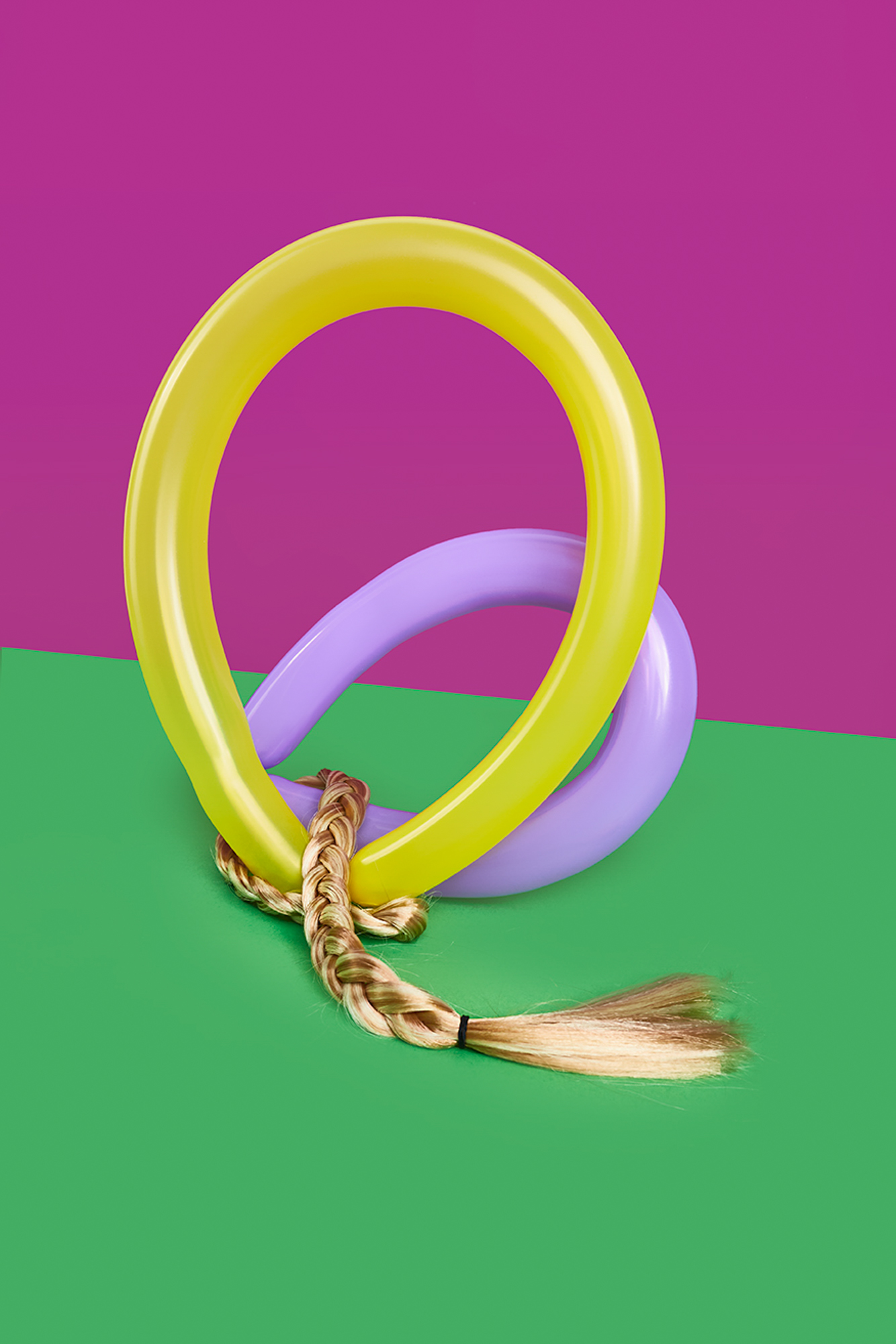
What is the relationship between the items in each picture?
I have connected these objects in the same way they exist in our lives. So we buy them seemingly accidentally. In reality we choose these items based on what catches our attention, and how they fit together, fit to our interiors, and fit into our lifestyles.
Color is such a strong aspect of this project and your portfolio overall, how would you describe your use of color?
I use vivid colors to emphasize the subject or to bring out the meaning of certain aspects of the image or topic. Each color and its shade has its meaning in psychology. I use this knowledge consciously, but also perversely.
The “GUI” project has a strong and distinct aesthetic also in the color area, because I wanted to show the problem using the language of advertising, which is quite flashy and aims to draw attention. My intentions were identical, hence the choice of aesthetics.
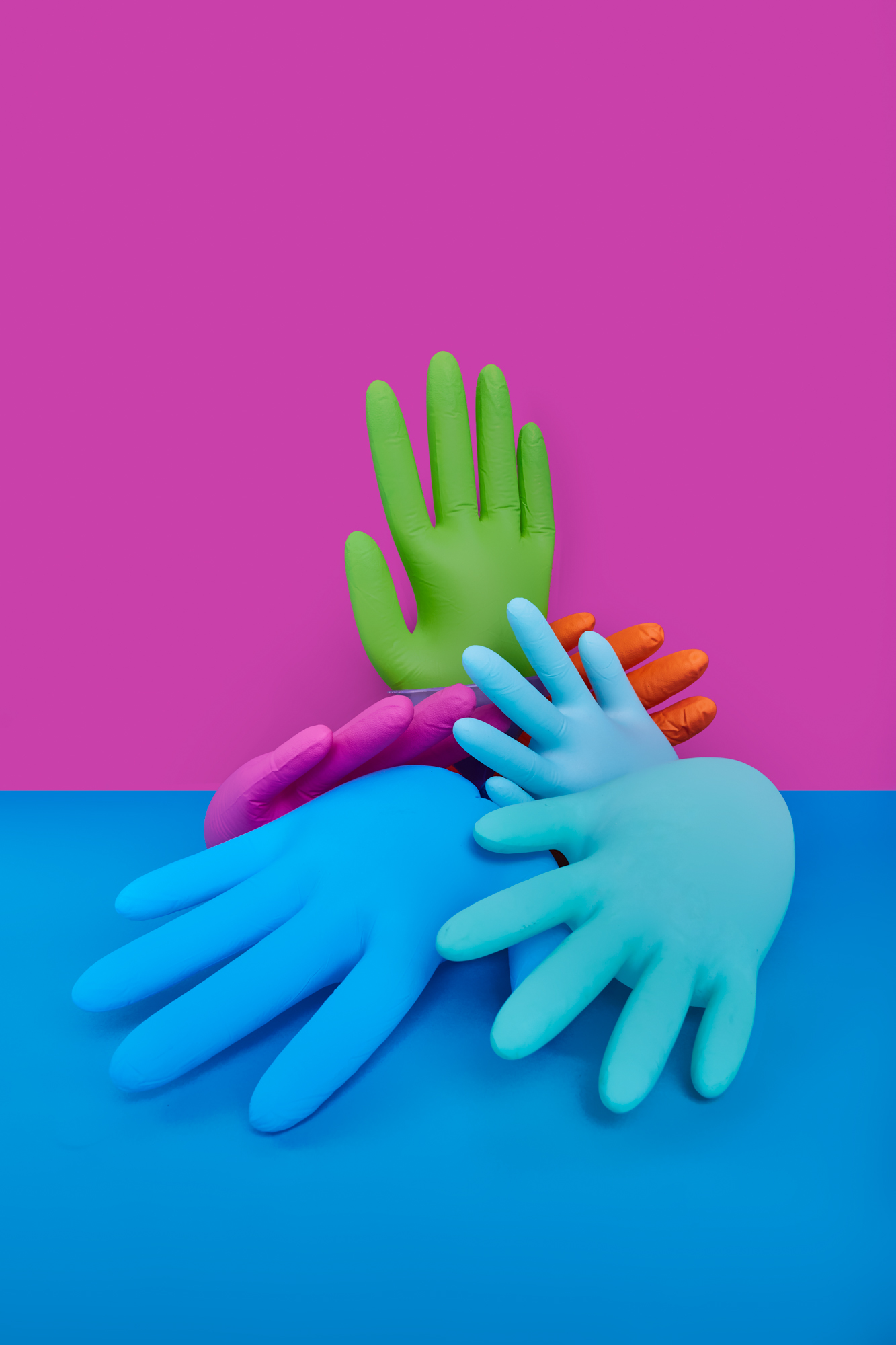
What doe the different colors signify in your visuals?
The colors in my pictures coexist rather than differ from each other. They are a unique aesthetic manifesto, they are not meant to mean something individually.
Do you use color as a starting point, or does it come later?
The starting point is always the topic that I want to put in the spotlight. The color and its meaning comes later. It is rather a component of my aesthetics, not an aspect from which I begin.
Can you describe your editing process?
While taking photos, I do in a way so that later you do not have to edit it. The better the work you do when you take pictures - the better the outcome. I only use Photoshop to remove very minor imperfections.

Submit your photos to ‘The Creative’ for #EyeEmAwards19. Enter a photo story to increase your chances of winning a trip to Berlin!
Looking for more inspiration? See more of Alicja’s work on her EyeEm Profile.
